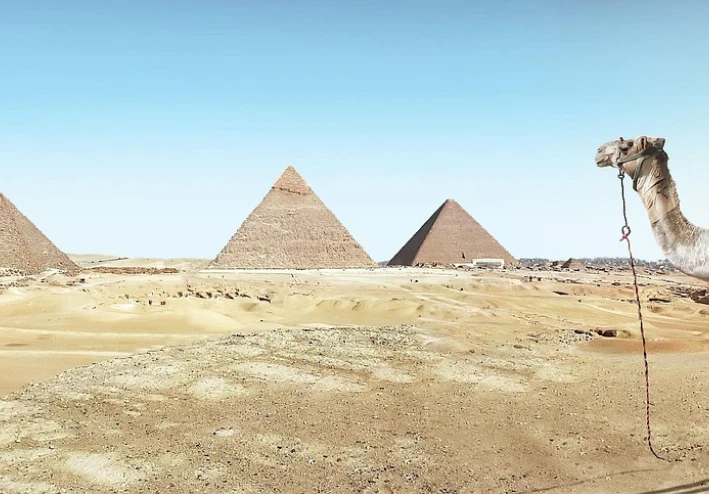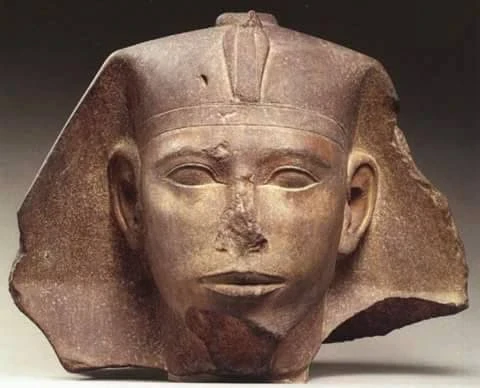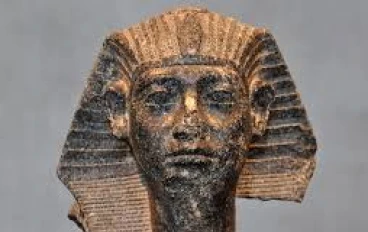
The Great Pyramid of Khufu: An Eternal Wonder
---
The Great Pyramid of Khufu: A Timeless Masterpiece of Ancient Egypt
The Great Pyramid of Khufu, also known as the Pyramid of Cheops, is one of the most extraordinary achievements of ancient engineering and remains the most iconic monument of the Giza Plateau. Built around 2580 BC during the reign of Pharaoh Khufu, the second ruler of Egypt’s Fourth Dynasty, it was intended as a grand royal tomb. More than 4,500 years later, the pyramid still dominates the desert landscape, symbolizing both the glory of ancient Egypt and the genius of its builders.

When originally completed, the pyramid stood at an impressive height of 146.6 meters, making it the tallest man-made structure in the world for nearly four millennia. Today, due to erosion and the loss of the outer casing stones, its height is approximately 138 meters. The base of the pyramid stretches about 230 meters on each side, covering an area of more than 53,000 square meters. It is estimated that over 2.3 million stone blocks were used in its construction, weighing between 2.5 and 15 tons each, with some granite blocks from Aswan reaching even greater weights. The total mass of the pyramid is around 6.5 million tons, a testament to both the ambition and skill of the ancient Egyptians.
Inside the pyramid lies a sophisticated arrangement of chambers and passageways. These include the subterranean chamber, the Queen’s Chamber, the Grand Gallery, and the King’s Chamber, which houses a large granite sarcophagus. The architectural design reflects not only Khufu’s desire for eternal life but also the Egyptians’ deep spiritual connection to the cosmos. Archaeologists have discovered that some narrow shafts align with specific stars, suggesting that the pyramid was built with both religious and astronomical precision. Furthermore, the pyramid’s alignment with the four cardinal points is astonishingly accurate, showing the builders’ advanced knowledge of astronomy and mathematics.
The methods used to build the pyramid remain one of history’s greatest mysteries. Most scholars believe ramps were employed to move the massive stones, aided by wooden sledges and copper tools. Yet, the exact techniques remain unknown, fueling debates and inspiring countless theories. Despite the lack of definitive answers, what is clear is that organizing such a massive workforce and achieving this level of precision required extraordinary leadership, planning, and technological understanding.
Today, the Great Pyramid of Khufu is the only surviving wonder of the Seven Wonders of the Ancient World. It is not merely a tomb, but a symbol of power, innovation, and the eternal quest for immortality. Standing tall against time, it continues to captivate historians, archaeologists, engineers, and travelers from across the globe. The Great Pyramid is more than a monument; it is a timeless masterpiece and a universal reminder of humanity’s ability to dream big and accomplish the impossible.




































